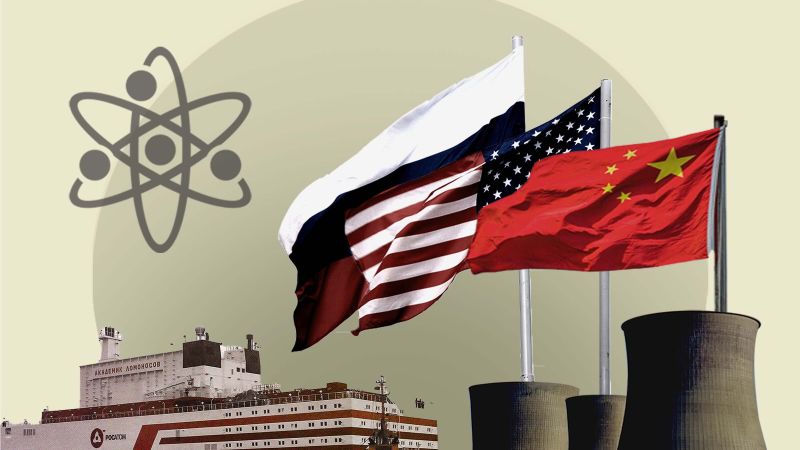Off the Siberian coast, not far from Alaska, a Russian ship has been docked at port for four years. The Akademik Lomonosov, the world’s first floating nuclear power plant, sends energy to around 200,000 people on land using next-wave nuclear technology: small modular reactors.
This technology is also being used below sea level. Dozens of US submarines lurking in the depths of the world’s oceans are propelled by SMRs, as the compact reactors are known.
SMRs — which are smaller and less costly to build than traditional, large-scale reactors — are fast becoming the next great hope for a nuclear renaissance as the world scrambles to cut fossil fuels. And the US, Russia and China are battling for dominance to build and sell them.



renewables can theoretically do baseload. The problem with renewables is that they don’t really have a good pairing with something that would make it SIGNIFICANTLY easier to do.
Nuclear and solar power would make a great pairing for summer time midday peak draws for example. Wind is a good supplementary source. Hydro is a good stored energy source.
You can definitely do full renewable but it will still inevitably be better complimented by some form of baseload plant (i.e. nuclear)